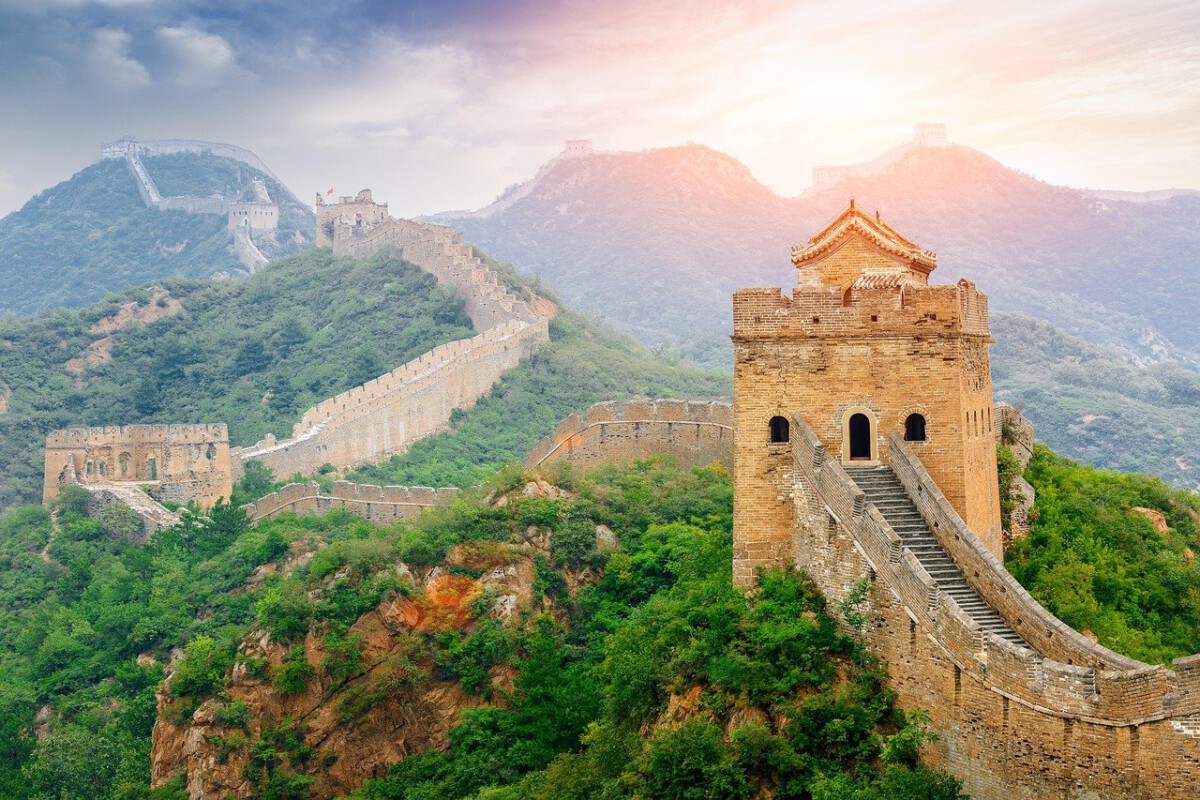Overview of the Decline in International Visitors

The sharp drop in international visitors to China has shocked both the tourism industry and global observers. In 2019, international tourist arrivals to China plummeted by 30% from the previous year, according to the China National Tourism Administration. This was the largest year-on-year decrease recorded in nearly two decades. Much of this decline is tied directly to the escalating trade war started by President Donald Trump, which created an atmosphere thick with uncertainty. Many would-be travelers began to worry about tariffs, sudden visa changes, and the possibility of getting caught up in diplomatic disputes. News headlines swirling with negative stories about China only fueled these fears further. The situation was made even worse when the COVID-19 pandemic hit, leading to a total halt of international travel in early 2020. The ripple effect of these events has been felt across China’s entire tourism ecosystem, leaving many to wonder how or if recovery will come.
Economic Impact on China’s Tourism Sector

The financial fallout from this travel slump has been nothing short of devastating for China’s tourism sector. Tourism once made up about 11% of China’s GDP in 2019, showcasing just how important it was to the country’s economy. With fewer international visitors, thousands of hotels, restaurants, and tour operators have reported major revenue losses. The World Travel & Tourism Council warned that combined effects of the trade war and the pandemic could cost the sector up to $1 trillion. This collapse has left millions of workers in the tourism industry either unemployed or underemployed, creating a ripple of financial hardship. Related industries like transportation and retail have also been dragged down by the slump in tourist spending. Although the Chinese government has tried to cushion the blow by encouraging domestic tourism, international spending is hard to replace. Businesses that once thrived on foreign guests are now struggling to stay afloat.
Perception of Safety and Political Climate

Public perception about safety and stability in China has shifted in the wake of the trade war. International travelers have become increasingly wary about visiting China, worrying about being caught in the crossfire of political disputes. Reports of protests, human rights concerns, and deteriorating diplomatic relations have created an image of China as a less welcoming destination. Many countries, including the United States, have issued travel advisories, warning their citizens of potential risks in China. These warnings have had a concrete impact on travel plans, with many tourists choosing safer or more stable locations. As trust in China’s political climate has eroded, so too has confidence in its tourism market. Even long-time China fans are now hesitating, waiting for tensions to cool before considering a visit. The combination of media coverage and government warnings has proved a powerful deterrent.
Changes in Visitor Demographics

The makeup of international visitors to China has visibly changed amidst these turbulent years. American tourists, once a large part of the foreign visitor pie, have dropped off sharply. In 2019 alone, the number of U.S. visitors to China fell by around 40%, based on data from the China National Tourism Administration. Instead, there has been a noticeable uptick in tourists from Southeast Asia and Europe, regions where diplomatic relations remain stable. This shift means that the types of tours, languages, and attractions promoted within China are also changing. Tour operators are adjusting their offerings to appeal to new customer bases, focusing more on regional partnerships. While this change stabilizes some aspects of tourism, it also reveals vulnerabilities when a single country or region dominates visitor numbers. The evolving demographics could have lasting effects on how China’s tourism industry develops in the future.
Impact on Business Travel

Business travel to China has not escaped the consequences of the trade war. Many multinational companies have reviewed their travel policies and cut back on business trips to China due to ongoing uncertainty. A 2019 survey by the Global Business Travel Association found that about 60% of companies had reduced travel to China. This has directly impacted hotels, event centers, and conference organizers who relied on a steady stream of international business guests. The drop in business travel has also made it harder to forge new deals and maintain international partnerships. With the rise of remote work and virtual meetings, some companies are questioning whether business travel will ever return to its previous levels. The loss of face-to-face interaction is a challenge for industries where trust and negotiation are built in person. The result is a quieter, less international business landscape in China’s major cities.
Domestic Tourism Growth

Facing the decline in foreign visitors, China has pivoted hard towards boosting domestic tourism. The government has rolled out campaigns to encourage locals to travel within the country, promoting everything from cultural festivals to natural wonders. This pivot has seen results: the number of domestic trips rose by around 50% during the summer of 2020, filling hotels and attractions that once relied on foreigners. Lesser-known destinations have particularly benefited, as Chinese travelers look for new places to explore away from crowded hotspots. Despite these gains, domestic tourists typically spend less than their international counterparts, creating a gap that’s hard to fill. The success of these campaigns also depends on the continued safety and stability of travel within China. If domestic tourism can maintain momentum, it may help offset some of the international losses, but the long-term outcome is still unclear.
The Role of Social Media and Influencers

Social media platforms and travel influencers have a huge impact on travel trends and decisions. In China’s case, negative stories and critical commentary on platforms like Twitter, Instagram, and Facebook have influenced many people to reconsider their plans. Influencers who previously showcased China’s vibrant cities and cultural heritage have started to mix their posts with warnings or concerns about political tensions. Some travelers post about encountering stricter security checks or feeling uncomfortable with the political climate. These stories, whether positive or negative, spread quickly and shape collective opinion about China as a destination. The challenge for China is to counterbalance negative coverage with authentic, appealing stories that highlight the country’s unique offerings. Encouraging influencers to share positive experiences could help restore some confidence. However, overcoming the current narrative will take time and effort.
Future Outlook for China’s Tourism Industry

The future of China’s tourism industry remains clouded by uncertainty. While domestic tourism has provided a short-term lifeline, international travel is still far below 2018 levels. Experts predict that it could take several years for visitor numbers to recover fully, especially if trade tensions remain high. The Chinese government has announced plans for new investments in tourism infrastructure and global marketing campaigns to revive interest. However, as long as political disputes persist, many international travelers are likely to stay away. The industry faces the challenge of adapting to shifting traveler priorities, such as health, safety, and political stability. New travel trends, such as “revenge travel” after lockdowns, may eventually help, but the pace of recovery is slow. The road ahead for China’s tourism industry is fraught with obstacles that will test its resilience.
Strategies for Recovery

To rebuild its international tourism sector, China needs a multi-pronged strategy. Improving the visa process and enhancing safety protocols are essential first steps to reassure wary travelers. Diplomatic efforts to mend relations with key countries, particularly the United States, could also pave the way for more visitors. Targeted marketing campaigns that highlight China’s culture, scenery, and hospitality might help sway public opinion. Partnering with well-known travel agencies and social media influencers could further spread positive stories. Investing in infrastructure, such as modern airports and efficient transport links, will improve the visitor experience. The tourism industry must also learn to respond quickly to global events, adapting its offerings to new realities. Only by regaining the trust of international travelers can China hope to return to its former position as a global tourism powerhouse.
Conclusion: Navigating the New Normal

Navigating the new normal in China’s tourism sector requires flexibility and innovative thinking. The combination of trade war fallout and pandemic disruptions has forced the industry to reinvent itself on many levels. While domestic tourism has softened the blow, the loss of international visitors is still keenly felt. The Chinese government and industry leaders are working to rebuild confidence and attract people back, but progress will likely be slow. The lessons learned from this challenging period may ultimately make the tourism industry stronger and more adaptive. The world will be watching to see if China can overcome these hurdles and once again welcome international visitors in large numbers.




